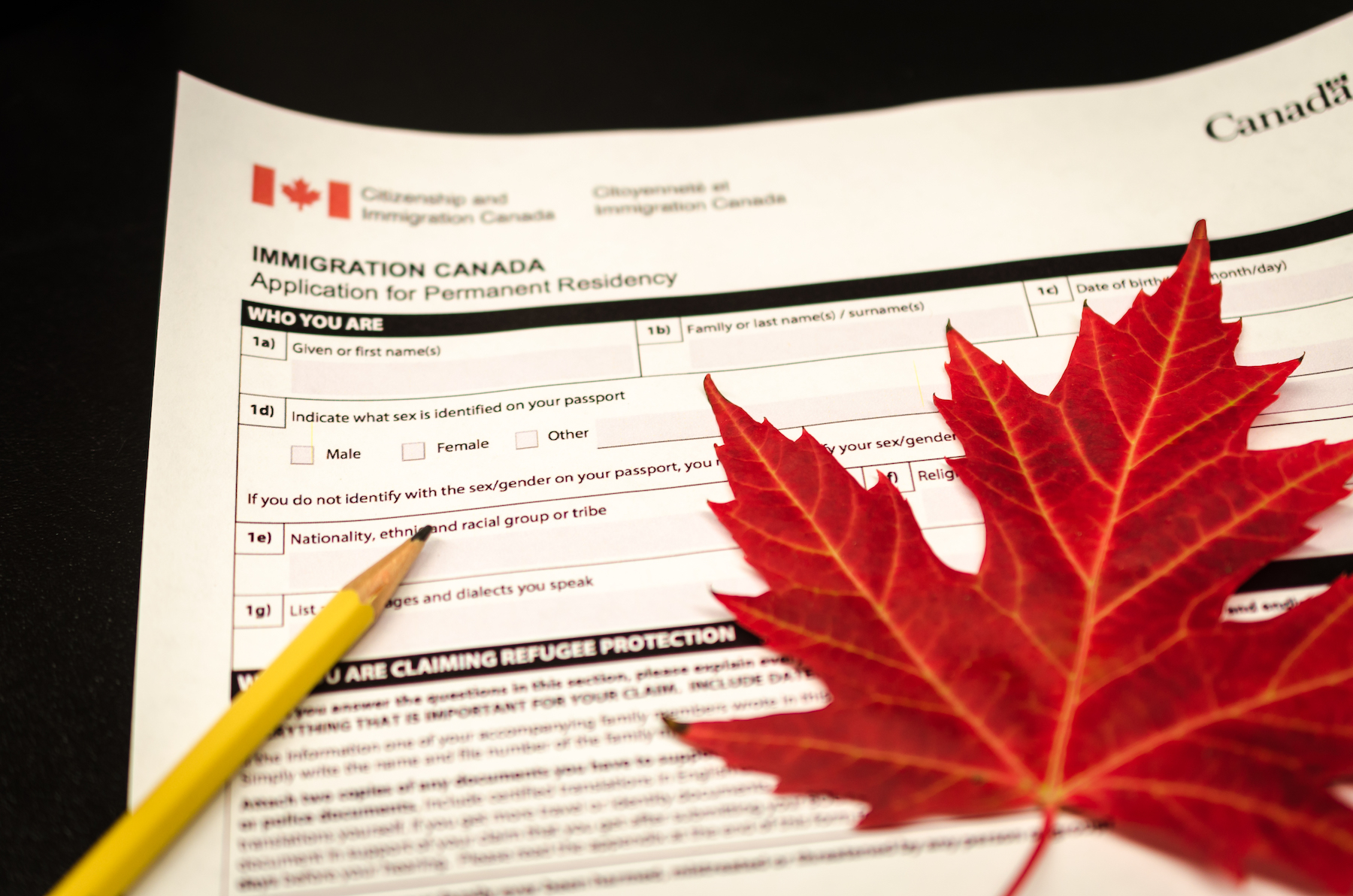Refugees are people who have to leave their home countries because they fear for their safety due to persecution, conflict, or natural disasters. They cannot return home safely, so finding a new place to live is important. Canada offers programs to help these refugees find safety and start anew. This guide will explain how Canada’s refugee protection programs work, who can apply, and how to go through the application process.
Canada’s Refugee Protection Programs
Canada’s refugee protection system is divided into two main programs:
- The Refugee and Humanitarian Resettlement Program
It is for individuals planning to resettle in Canada from abroad.
- The In-Canada Asylum Program:
This program is for those already in Canada who cannot return to their home country.
Also read How to Sponsor your family in Canada?
The Refugee and Humanitarian Resettlement Program
This program is designed to protect and resettle refugees living outside Canada.
How does the Program Work?
To qualify for this program, a refugee must be identified for resettlement by the United Nations High Commissioner for Refugees (UNHCR) or a private sponsor group. Here’s how it operates:
- UNHCR Referrals: The UNHCR assesses refugees and categorizes them based on urgency:
- Emergency: Medical or security issues requiring immediate attention.
- Urgent: Medical risks needing resettlement within six weeks.
- Normal: No immediate medical or security concerns.
In 2018, Canada welcomed 7,700 refugees through the UNHCR.
- Private Sponsors: Organizations in Canada can also sponsor refugees, which include:
- Sponsorship Agreement Holders: Groups that have agreements with the government to support refugees.
- Groups of Five: At least five Canadian citizens or permanent residents who come together to sponsor a refugee.
- Community Sponsors: Organizations or corporations that provide financial and settlement support to refugees.
These sponsors may identify refugees through the Blended Visa Office-Referred (BVOR) Program or local community connections.
Eligibility Requirements
To qualify for the Refugee and Humanitarian Resettlement Program, applicants must meet several criteria:
Also read How Canada’s Provincial Nominee Program Can Help You Become a Permanent Resident?
1. Referral Requirement:
They must be referred by the UNHCR or a private sponsor.
2. Convention Refugee Status:
Applicants must qualify as a Convention Refugee Abroad Class (fear of persecution) or Country of Asylum Class (serious personal impact from conflict or human rights violations).
3. Location:
Applicants must be outside Canada at the time of application.
4. No Protection from Home Country:
They must not be able to return to their country of nationality or have a durable solution.
5. Medical and Criminality Checks:
Applicants and their family members must pass these checks conducted by IRCC offices.
How to Apply for the Refugee and Humanitarian Resettlement Program?
The application process involves several steps:
Also read What is a Letter of Invitation for Canada Visa and How to Get It?
- Obtain the Application Package:
This includes:
- Generic Application Form for Canada
- Additional Dependents Form
- Background Information Form
- Refugees Outside Canada Form
- Representation Form
- Submission:
If referred by the UNHCR, IRCC will guide the refugee on submission. For private sponsors, the sponsor must submit the application on the refugee’s behalf.
- No Application Fees:
There are no fees for refugee applications.
- Travel and Settlement Arrangements:
IRCC coordinates travel and informs refugees about settlement plans.
The In-Canada Asylum Program
The In-Canada Asylum Program allows individuals already in Canada to apply for refugee status.
Eligibility Requirements
To qualify, an applicant must be:
- Convention Refugee:
Unable to return home due to fear of persecution.
- Person in Need of Protection
Facing risks of torture, life-threatening situations, or other cruel punishments.
The Immigration and Refugee Board of Canada (IRB) determines eligibility, while IRCC reviews applications for referral to the IRB.
Also read What is an eTA for Canada and How Do You Apply?
Ineligible Circumstances
A claim may be ineligible if:
- The individual has been recognized as a Convention refugee in another country.
- They arrived through the Canada-U.S. border without proper admission.
- There is a history of criminal activity or security risks.
- Previous claims were found ineligible or rejected.
- They have withdrawn or abandoned a prior claim.
- They are subject to a removal order.
How to Apply for the In-Canada Asylum Program?
- Download the Application Package:
Complete application package is available on the IRCC website, it includes:
- Instruction guide
- Necessary forms
- Required documents
- Documents Required:
These include original identity and relationship documents, such as:
- Birth certificate
- Passport
- Travel document
- Marriage certificate
- Identity cards
- Four passport-sized photos (for the applicant and family)
- Additional Supporting Documents:
Optional documents may include:
- Membership cards for organizations
- Medical or police reports
- Business records
- News articles or human rights reports
- Translation of Documents:
Also read Types of Work Visas in Canada: Process, Timing, and Cost
Any documents not in English or French must be translated, and the translator must declare the accuracy of the translation.
- Medical Examination:
All applicants and family members must undergo medical checks.
- Submission of Application:
Applications must be submitted in person to an IRCC office. Adults must sign and date the forms, while parents sign for minors.
What Happens After Application Submission?
If IRCC finds the application meets eligibility criteria, the applicant will be referred to the IRB. The applicant will then receive:
- An appointment for a hearing at the Refugee Protection Division (RPD) of the IRB.
- A Refugee Protection Claim Document (RPCD).
- Interim Federal Health coverage for medical services.
- A Medical Report for completion.
- A list of conditions and other immigration-related documents.
Canada’s commitment to refugee protection can be seen through its two distinct programs. Both the Refugee and Humanitarian Resettlement Program and the In-Canada Asylum Program offer right pathways for individuals fleeing persecution and violence.

